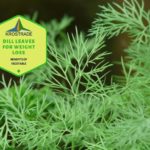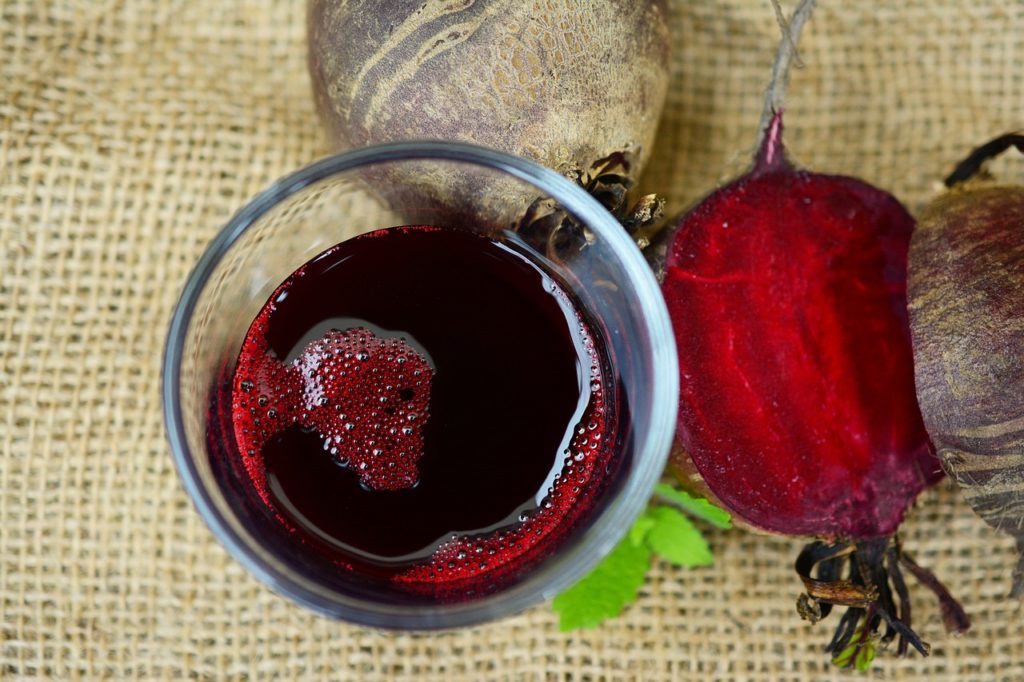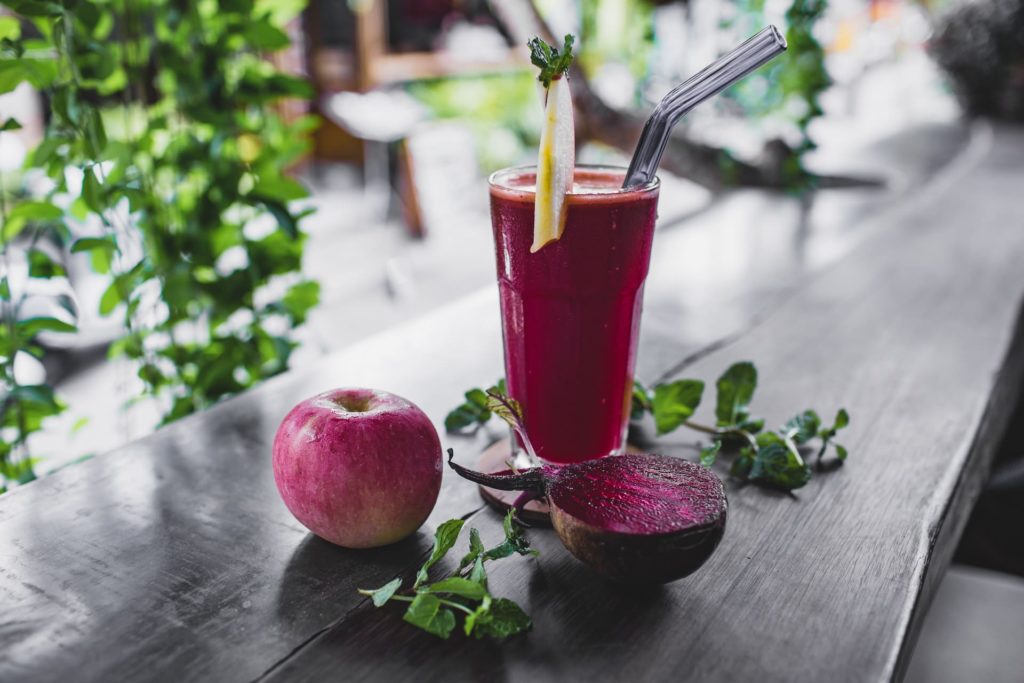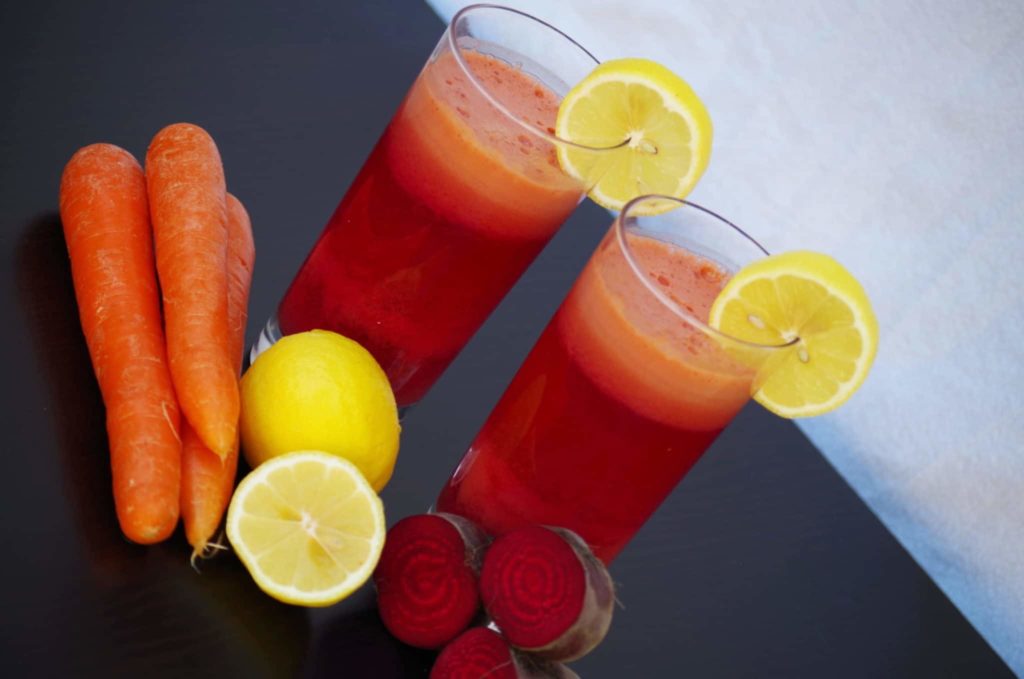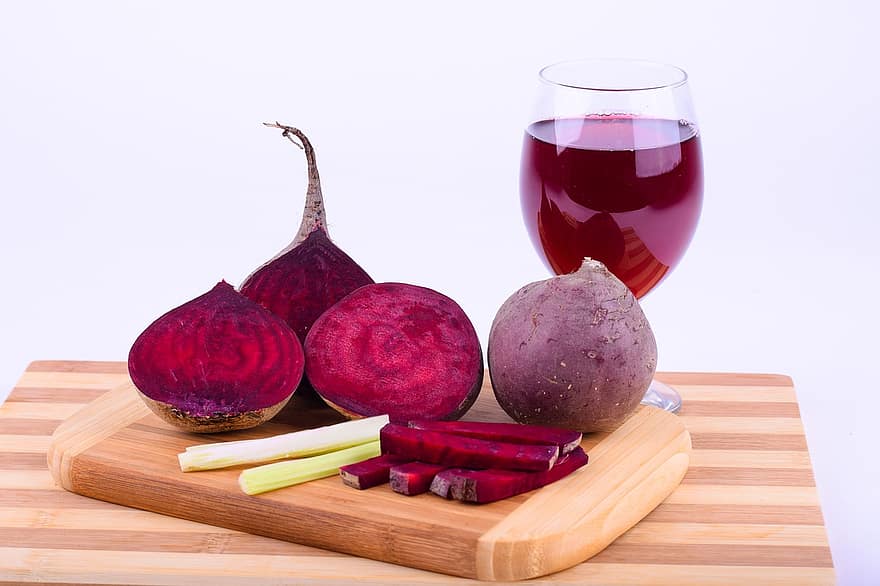The dill leaves benefits consisting of a broad range, including vitamins and minerals, antioxidants, antibacterial properties, antihistamine effects, and stimulative substances. Not everyone is familiar with dill, but it is a herb that deserves recognition. Dill leaves are useful as anti-cancer, antimicrobial and anti-inflammatory, insomnia remedy, appetiser, bone and teeth health, lactation stimulant, and menstrual disorder remedy.
This extensive list of health benefits and uses makes dill leaves more than just a spice and garnish. It offers excellent health and is also easy to grow in a greenhouse. Refer to Krostrade.com and prepare to reap this beneficial and tasty herb in 8 weeks after sowing.
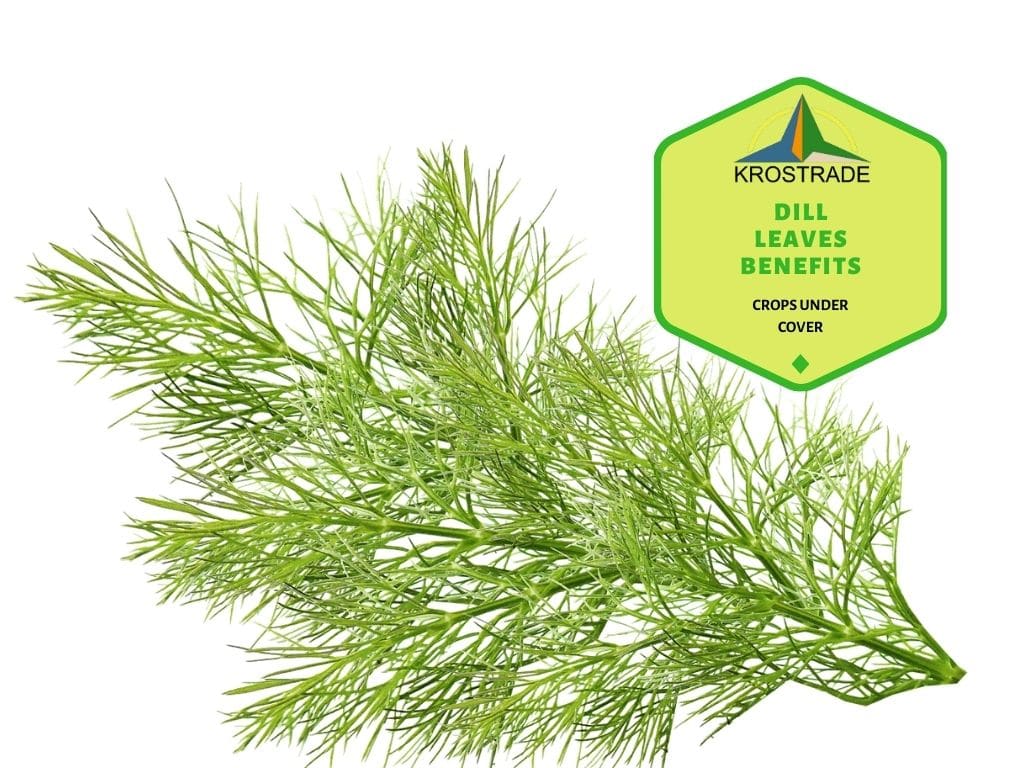
What Are Dill Leaves?
Anethum graveolens, dill, or dill leaves, comes from the Apiaceae family. It is an annual herb related to celery and is known for heaving feathery green leaves. Dill is native to western Asia and the eastern Mediterranean, but it’s a popular herb and spice in different cuisines.
The dill plant itself, composed of leaves and fruits, are both used for cooking. When about dill as a herb, it is the feathery green leaves. On the other hand, the flat, oval fruits are what make the dill spice.
Dill leaves take minimal effort to grow since the crop will seed and return year after year by itself. These leaves have a grassy and sweet flavour that’s perfect for salads. The seeds, in contrast, have a more robust aroma and citrus flavour similar to caraway.
If you’re planning on growing your dill, these plants will thrive well in the UK garden beds or containers in a greenhouse. The herbs require up to 24 inches of spacing in well-drained sandy soil, and they will germinate in 14 days. You can thin them 15 days after sprouting, but overall, cultivating dill is easy because of its resistance against both cold and hot weather.
Dill Leaves Benefits
The different uses and health benefits of dill leaves are their array of vitamins and minerals, antioxidants, antibacterial properties, antihistamine effects, and stimulative substances. All of these components play significant roles throughout the body. And more than maintenance, they can also relieve and lower the risk of acquiring diseases.
Vitamins and minerals
Dill leaves may be small, but it packed with vitamins and minerals. You can find vitamins A, C, B2, B3, B6, B9, and minerals such as calcium, phosphorus, manganese, potassium, magnesium, copper, iron, and zinc in this herb. What is the significance of these nutrients for the body?
Both vitamins A and C act as antioxidants for the body and play roles in different body processes. We all know that vitamin A supports healthy vision, but it can also fight oxidative stress as an antioxidant. On the other hand, vitamin C is responsible for maintaining and protecting different body systems while also protecting cells.
Dill leaves also have a handful of B-vitamins such as vitamins B2, B3, B6, and B9. Eating foods rich in B-vitamins will impact your brain function, cell metabolism, and energy levels. It’s also amazing how dill leaves are packed with electrolytes like calcium, potassium, and magnesium to regulate nerve and muscle functions.
What about the other minerals found in dill? Phosphorus and zinc play a role in bone health, while iron is essential for the body’s blood production. Manganese and copper have metabolic functions, including regulating blood sugar and the maintenance of different organs.
Antioxidants
Dill is rich in antioxidants such as vitamins C and A. However, this herb also has monoterpene components, which, to put it simply, allows dill to use glutathione against oxidised molecules. Dill also has similarities with foods like parsley because of the chemoprotective properties of its volatile oils.
Therefore, one can conclude that dill can reduce the risk of cancer. Eating foods like dill can neutralise the carcinogens from cigarette smoke and charcoal grill smoke. Dill is also a good source of flavonoids, terpenoids, and tannins.
Flavonoids are antioxidants that work as protection against free radicals, stressors, and toxins. In addition to that, dill also provides terpenoids that offer various anti-inflammatory, anti-viral, anti-fungal, antimicrobial, and anti-hyperglycemic effects. Lastly, your body will benefit from the antioxidants, tannins because they can modulate immune responses, blood pressure, and blood clotting.
Antibacterial properties
The benefits of dill offer both maintenance and protection to the body, and this includes the fact that this herb can fend off bacteria. Dill offers bacteriostatic and bactericidal benefits because it works against S. aureus, coliforms, and moulds. It’s essential to eat foods rich in antibacterial properties to prevent different diseases.
In particular, S. aureus is the cause of skin and tissue infections. While abscesses and cellulitis may not be serious, they can lead to more dangerous conditions like pneumonia and bloodstream infections. Besides, dill oil is even used as a treatment for diarrhoea because it regulates the growth of bacteria.
Antihistamine effects
Another health benefit of dill is that it offers antihistamine effects. This plant can attribute these effects to kaempferol. Kaempferol plays a role in relieving congestion because of its inhibitory effects on inflammation.
Stimulative substances
Did you know that dill sometimes used to treat insomnia and as a stimulant for various hormones? Flavonoids like apigenin shown in the UK studies can act as a sedative. The dill compounds also help regulate the menstrual cycle, and dill was even a famous anti-fertility agent.
Uses Of Dill Leaves
Because of the nutrients and compounds present in dill leaves, they have many uses as treatment, stimulants, and remedies for different conditions. In particular, dill is an anti-cancer, antimicrobial and anti-inflammatory, insomnia remedy, appetiser, bone and teeth health, lactation stimulant, and menstrual disorder remedy. The studies that backed these uses have proven dill to be useful not just in the kitchen but also for the body’s health.
Anticancer
One of the main benefits of dill leaves is that they are rich in antioxidants that detoxify free radicals and foreign compounds. This property is the same attribute why dill has anti-cancer properties. Its components studied for both the treatment and prevention of cancer.
Antimicrobial and anti-inflammatory
Dill oil is a good source of flavonoids that play a role in being germicidal and anti-inflammatory. Studies have shown how dill can inhibit pathogens that can cause food-borne diseases. In addition, dill can become an anti-inflammatory agent for various organs and conditions.
Insomnia remedy
Both the B-vitamins and flavonoids in the dill can help alleviate insomnia. B-complex can reduce insomnia symptoms, while flavonoids studied because of their positive effects against insomnia and anxiety. You can also find iron and magnesium in dill, which are minerals that help us fall asleep.
Appetiser
More than adding a layer of aroma and flavour to appetisers, the dill works as an appetiser because of its components. It is beneficial for the digestive system because it stimulates peristalsis and strengthens the stomach. It can even help alleviate bloating and spasms.
For bone and teeth health
The minerals in dill, such as calcium, phosphorus, and zinc, benefit bone and tooth health. Vitamin C that is abundant in dill is even related to stronger bones because it helps with collagen formation. Eating dill will support healthy bones and teeth while also protecting against conditions like osteoporosis and oral issues.
Lactation stimulant
If you want to increase your milk flow, dill leaves are galactagogues. Herbs like dill help stimulate milk production to help breastfeeding women. This usage is beneficial for women who are lactating but are wary of the side effects of drugs.
Menstrual disorder remedy
Studies have shown that dill is as effective as mefenamic acid in relieving dysmenorrhea. Dill is also rich in flavonoids and calcium, which help maintain the menstrual cycle and reduce the pain from menstrual cramps. And because dill is a magnesium source, the herb can relax the muscles and alleviate mood swings during the menstrual cycle.
How Do You Eat Dill Leaves?
You can eat dill leaves for garnish and cooking. It can be intimidating to those in the UK who are not familiar with the dill plant to try this herb, but the process of preparing and using dill is simple. It also helps that the flavour of dill goes well with a lot of ingredients.
To eat dill leaves, make sure to wash and strain them first to remove any dirt and residue. Afterwards, pat them dry and remove the large stems where they are attached to. You can use a knife to cut off these stems and keep them since they are also flavorful.
For garnish
If you’re using dill leaves as garnish, you have the option to mince them or trim the sprigs from the fronds. Like bay leaves, it’s common to remove any stem and then add them to the minced leaves. Dill leaves are flavorful, so that you can use a small number of minced leaves in sauces, soups, and salads.
For cooking
While dill is a flavorful herb, it’s best not to cook it for long as it can lose its flavour. This property is also the exact reason it’s best to add dill only at the last minute. On the contrary, dill seeds release more aroma and flavour in heat, making them better for cooking for a long time.
Dill brings a unique aroma and tastes similar to the fusion of anise, celery, and fennel. You can cook them similar to how you would with bay leaves in soups and stews. But if you want a more spicy taste, use whole or crushed dill seeds instead.
What Foods Go Well With Dill?
The aromatic and anise-like dill flavour goes well with grains, potatoes, beets, cucumbers, tomatoes, onions, and lemons. Dill also pairs well with proteins such as lamb, tuna, salmon, crabs, and eggs. Another popular and tasty combination with dill would be dips and sauces made from yoghurt, sour cream, cream cheese, horseradish, and mustard.
Vegetables
Grains, potatoes, beets, cucumbers, tomatoes, onions, and lemons are just some vegetables that pair well with dill. Their combinations create flavorful and healthy dishes that levelled up by the unique taste of dill leaves. For example, a salad made of quinoa and dill is a tasty side dish without guilt.
You can start a healthier potato salad using yoghurt, arugula, and dill as well. If you already have the superfood beets in your UK greenhouse, try roasting them and enhancing the dish’s profile with dill leaves. Dill leaves are popular additions for pickles, and they go well with cucumbers for a fresh side dish.
You can also create a colourful and immunity-boosting salad by mixing tomatoes, cucumbers, red onions, olives, peppers, feta cheese, and dill. If you’re craving rice, consider making one with dill, onions, olive oil, unsalted butter, salt, and pepper. And if you want a guilt-free white sauce, create a blanc with lemon and dill on top of your protein.
Proteins
It’s essential to incorporate proteins in the diet, and lamb, tuna, salmon, crabs, and eggs all go well with the healthy dill. Create a dipping sauce made of dill and shredded cabbage over the lamb. Some fat-free mayonnaise, low-fat yoghurt, mustard, onions, parsley, celery, and dill bring out the best of tuna as well.
Speaking of seafood, both salmon and crab go well with dill. You can use seared salmon with lemon, dill, and cucumber on top of noodles for a filling dinner. Crab, dill, shallots with unsalted butter, fat-free mayonnaise, sour cream, and cayenne will bring the kick you need on a breakfast toast.
And if you’re getting bored of eggs, try soft boiling them and serve with some dill leaves. Introducing these proteins to picky eaters will be easy with the help of dill.
Dips
Besides pickles, dill is a popular addition to many dips and sauces. Its flavour goes well with yoghurt, sour cream, cream cheese, horseradish, and mustard. You can add these sauces and dips to different dishes as a garnish or as a central component to elevate the layers of flavours.
Dill can work well with coconut yoghurt tzatziki sauce for proteins or some cashew and cream cheese on your bagel. You can also create a quick dill and sour cream dip with some finely chopped dill, lemon rind and juice, salt, pepper, and sugar. If you’re feeling adventurous and want some kick, horseradish, dried dill, mayonnaise, and hot sauce is another excellent combo.
Can You Overeat Dill?
The good thing with dill is that you can never overeat it. It is safe to consume dill, but keep in mind that some people in the United Kingdom may be allergic to this herb like most foods. It’s always best to be updated and knowledgeable of the foods that you might be allergic to.
People in the UK who are allergic to dill can experience typical reactions to allergies. This reaction includes skin irritations and shortness of breath. If you are allergic to coriander, celery, caraway, or fennel, this could be an indication that you are probably allergic to dill as well.
Lastly, it is worth noting that the dill exhibits hypoglycemic effects. Therefore, if you need to watch your blood sugar, be mindful of the amount of dill you consume. This knowledge is also incredibly crucial if you’re undergoing surgery, where blood sugar control is critical.
Bottom Line
Many studies in the UK have proven dill useful as an anti-cancer, antimicrobial, and anti-inflammatory, insomnia remedy, appetiser, bone and teeth health, lactation stimulant, and menstrual disorder remedy. The vitamins and minerals, antioxidants, antibacterial properties, antihistamine effects, and stimulative substances are dills leave benefits that one can’t miss out on. And best of all, dill proliferates, especially in a greenhouse.
You can satisfy both your health and taste buds by having dill quickly accessible in your UK greenhouse. Get as creative as you want by combining the leaves with grains, potatoes, beets, cucumbers, tomatoes, onions, and lemons. Dill also adds a unique aroma and flavour with simple dishes composed of lamb, tuna, salmon, crabs, eggs, yoghurt, sour cream, cream cheese, horseradish, and mustard.

